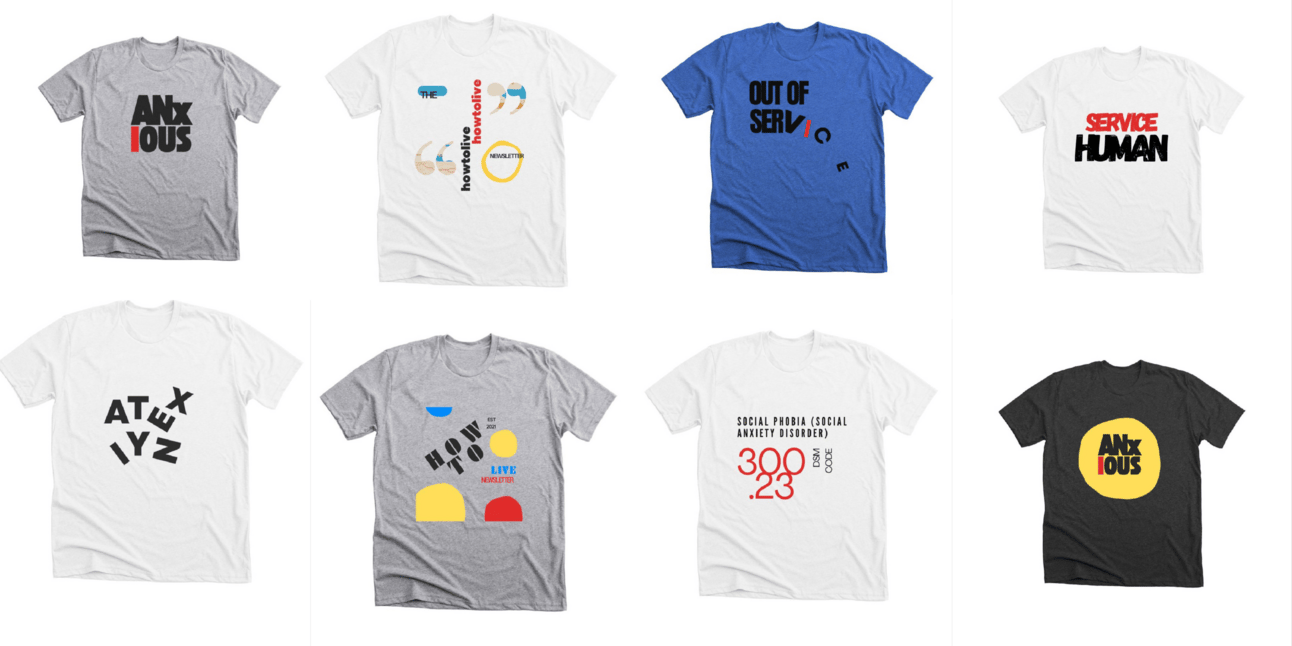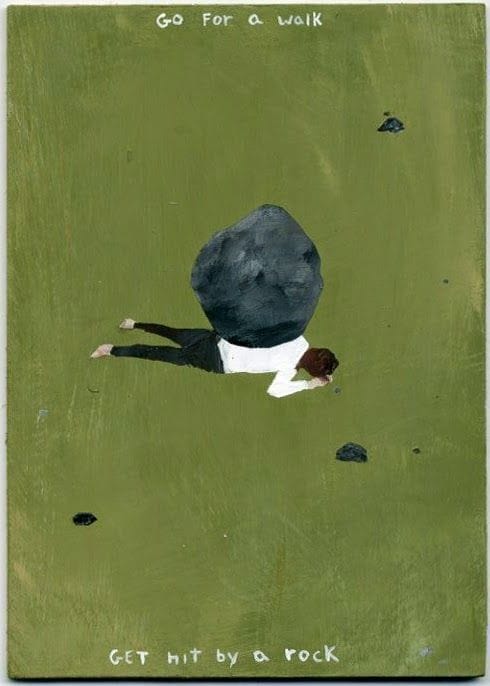THE HOW TO LIVE merch store is open!
When you upgrade or donate, you help sustain this newsletter, keeping it paywall-free for those who can’t afford to pay.
If you’d prefer to forgo a paid subscription but want to support my work and this newsletter, please consider a recurring monthly or one-time donation.
On Rejection: Why Psychic Pain Hurts So Much
When I was in sixth grade, my entire class stopped speaking to me. I can’t remember why, or even if I was in the wrong. All I remember is the physical anguish, the impenetrable agony I felt inside my body. My limbs felt heavier. My chest weighed more than my own body weight.
Few experiences can match the intensity of pain caused by rejection; whether romantic, social, familial, or another incarnation, the suffering inflicted isn’t predicated on the slight’s severity. Major or minor, intentional or not, the emotional distress caused by rejection, abandonment, or betrayal is the same.
Age makes no difference.
Rejection made me feel invisible, and if I wasn’t visible, what was the point of being?
When a person is rejected, they feel betrayed and abandoned. Three forms of disregard coalesce to form one block; when you feel the sting of one, you feel the sting of them all.
Worse yet—implicit in any rejection is the sense that somehow the rejected party has failed, and this belief opens up a new dimension, inside which the “truth” of said defects and deficits are revealed.
Rejection is so painful that the mere perception of being rejected can cause emotional chaos. The pain cuts to the core because being cast aside violates the root of all connection—attachment.
But why is this? Why does physically hurt, and is there anything we can do to lessen the pain?
You’re reading the free version of the How to Live newsletter. To read the rest, please consider upgrading now.
For People Who Think Deeply
Language for the interior life.
Unlock Every EssayAs a member, you’ll gain access to::
- Every new essay, the moment it’s published
- Full access to the complete archive — 150+ pieces and counting
- Occasional bonus essays and experiments-in-progress shared exclusively with members
- Invitations to seasonal, in-person gatherings
- A direct line to me (annual members): personal replies and tailored recommendations
- 15% off all workshops and live events



